Stepping into Bremen’s Schnoor Quarter? It honestly feels like time travel. Narrow cobbled lanes twist between rows of tiny half-timbered houses, some of them older than entire countries.
Small shops, quirky craft stores, and inviting cafes pop up everywhere. Each one’s got its own thing going on—you never know what you’ll find around the next corner.
Exploring the Schnoor lets me soak up real medieval charm, hunt for handmade treasures, and sip coffee in cozy nooks away from the city’s rush. Every corner has something new—a hidden bakery, a tiny gallery, or a little shop with a story.
Even though the neighborhood’s small, I always spot something that grabs my attention. Maybe it’s a smell from a bakery, or the sound of laughter drifting from a tucked-away café.
It’s easy to lose track of time here. History’s everywhere, but so is the gentle buzz of people exploring. I can’t help but call Schnoor a hidden gem—let me show you what makes it so special.

History and Heritage of Schnoor Quarter
The Schnoor Quarter in Bremen, Germany, packs centuries of stories into its tangled streets and old houses. It’s one of those rare places where medieval structures and living tradition still shape daily life.
Medieval Origins and Cultural Significance
Wandering through the Schnoor, I felt like I’d stumbled into a living museum. The district’s name comes from “Snoor,” Old Saxon for “string”—because the houses and shops line up so close, they look like beads on a necklace.
Fishermen, boatmen, and craftsmen built the Schnoorviertel. The Weser River made it a perfect spot for shipping and trades. Rope and cable makers worked these lanes, giving the quarter its name and its soul.
Unlike most city neighborhoods, Schnoor kept its medieval flavor. The tiny alleyways, timbered buildings, and close community ties still shape life here.
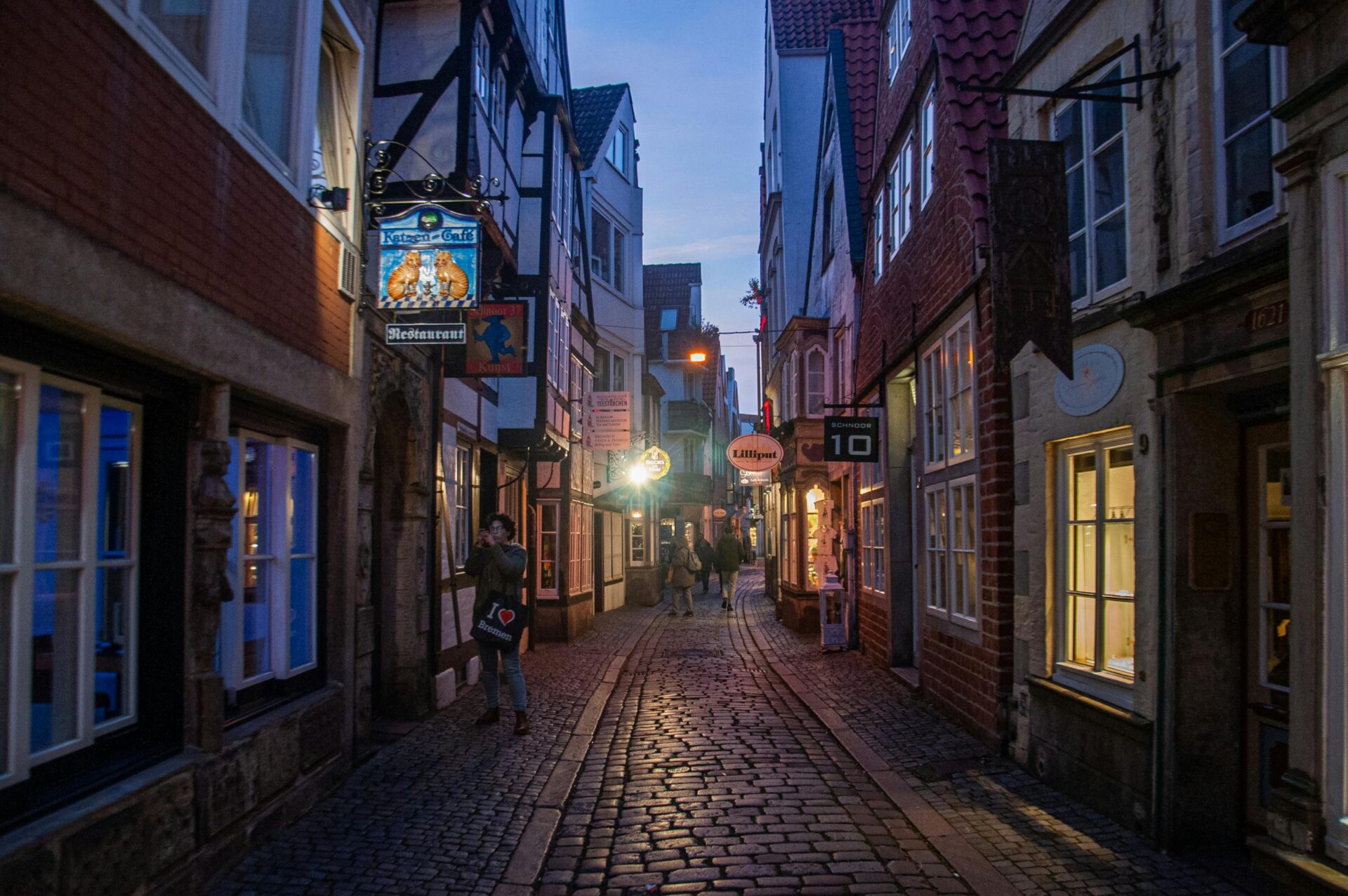
Schnoor Through the Centuries: 13th to 14th Century
Schnoor’s roots go back at least to the 1200s. Back then, families built houses close together for safety and convenience. People here worked as fishermen, tradesmen, or craftsmen.
By the 1300s, faith started to play a bigger role. The Franciscan monks set up a monastery and founded St. John’s Church, turning Schnoor into a place for both work and community spirit.
Every twist in the street shows hints of those old days. The mix of work, worship, and family still shapes the neighborhood’s rhythm.
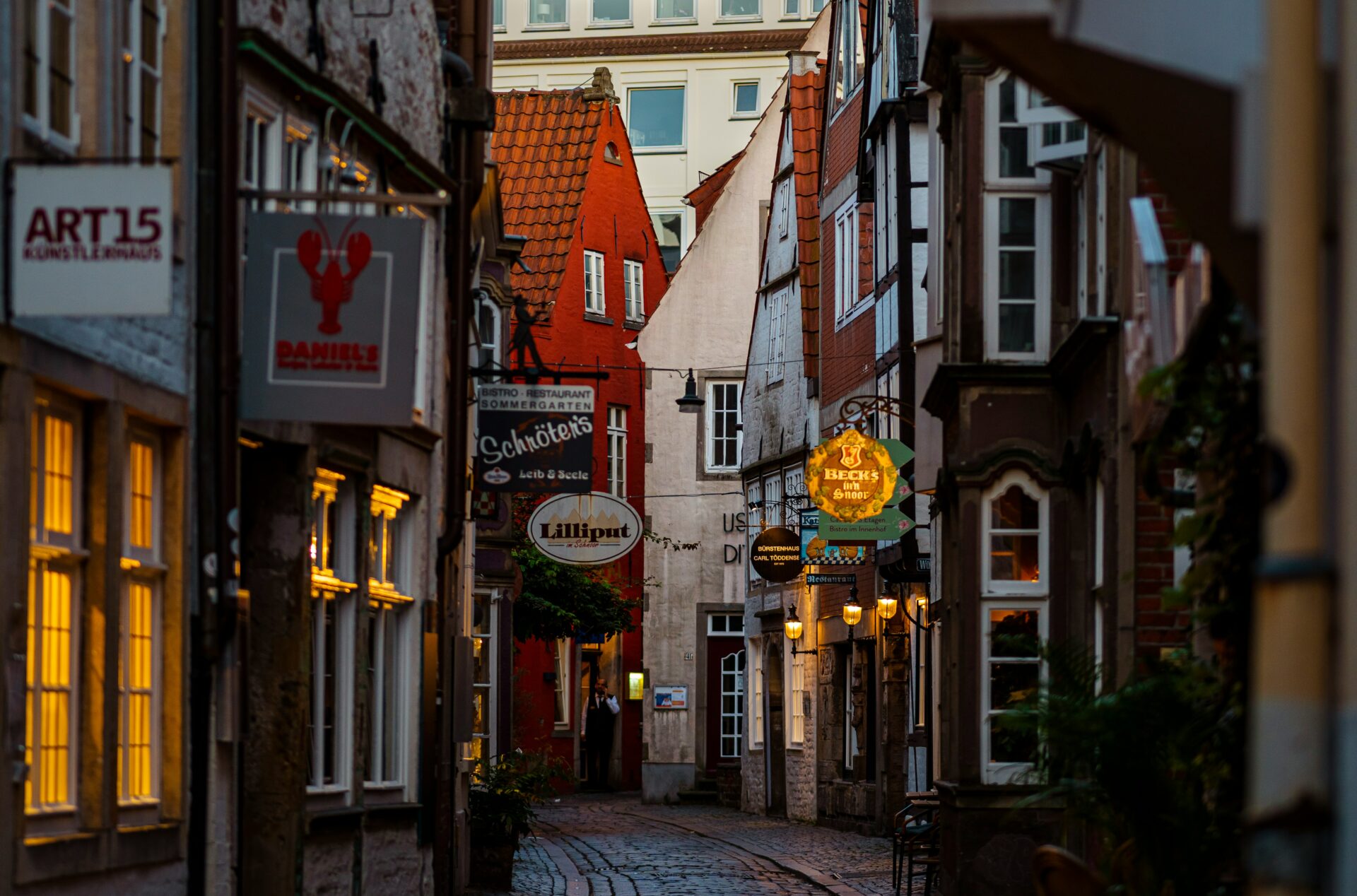
Cultural Heritage and Historic Preservation
Schnoor Quarter stands out as one of Bremen’s best-preserved medieval neighborhoods. Many houses here date to the 15th and 16th centuries, but the street plan feels even older.
Plaques and markers dot the area, honoring Schnoor’s past. The city and local groups protect these buildings, sticking to old methods and materials whenever possible.
Now, Schnoor’s more than a neighborhood—it’s a living museum. Residents, artists, and shop owners keep traditions going and welcome visitors. Their passion means Schnoor’s spirit will stick around for a long time.

Wandering the Picturesque Streets of Schnoor
Schnoor’s got winding alleyways, crooked half-timbered houses, and cobblestone paths that twist in every direction. There’s always something to discover—quirky architecture, quiet corners, and the occasional surprise that makes you stop and smile.
Winding Alleyways and Cobblestone Paths
I wandered through Schnoor’s maze-like alleys, never quite sure where I’d end up. The cobblestones are uneven, and the streets are so narrow that you sometimes have to squeeze past a wall or let someone else go by.
Maps don’t do this place justice. In person, it’s a real labyrinth. Most alleys are lined with historic buildings, their windows crowded with flowers or old decorations.
I gravitated toward the quieter paths, where the city’s noise faded away. Benches and tiny squares made perfect spots to pause and people-watch.
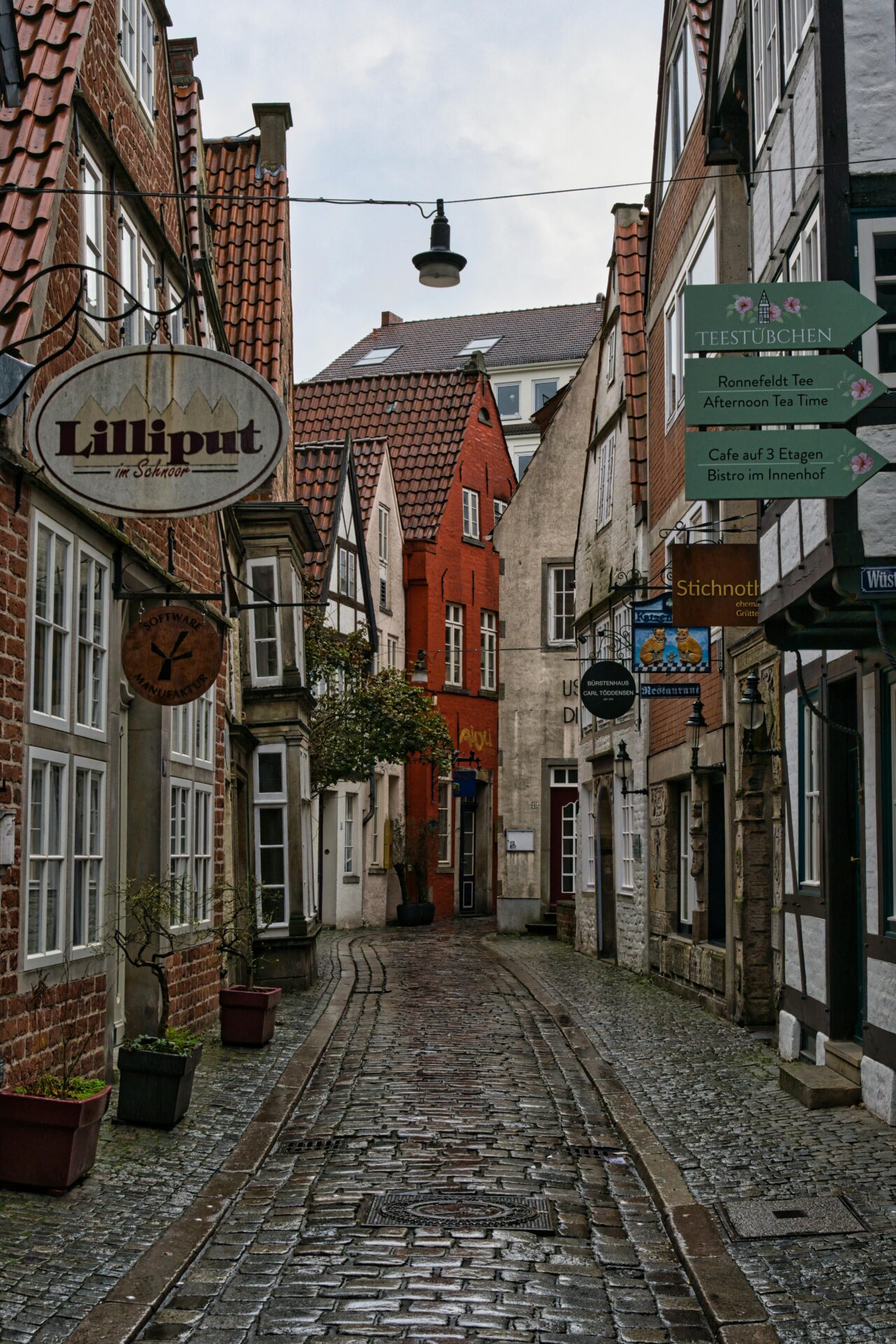
Exploring the Half-Timbered Houses and Architecture
Schnoor’s half-timbered houses are its pride and joy. Built between the 14th and 18th centuries, they’ve got wooden frames, pastel walls, and a lot of personality.
Some buildings tilt or have wonky roofs, which just adds to their charm. I ducked through low doorways and spotted old signs above nearly every shop.
Plaques on the buildings told me what they used to be—homes for fishermen, craftsmen, or merchants. I loved hunting for the oldest houses and seeing how carefully folks have restored them.
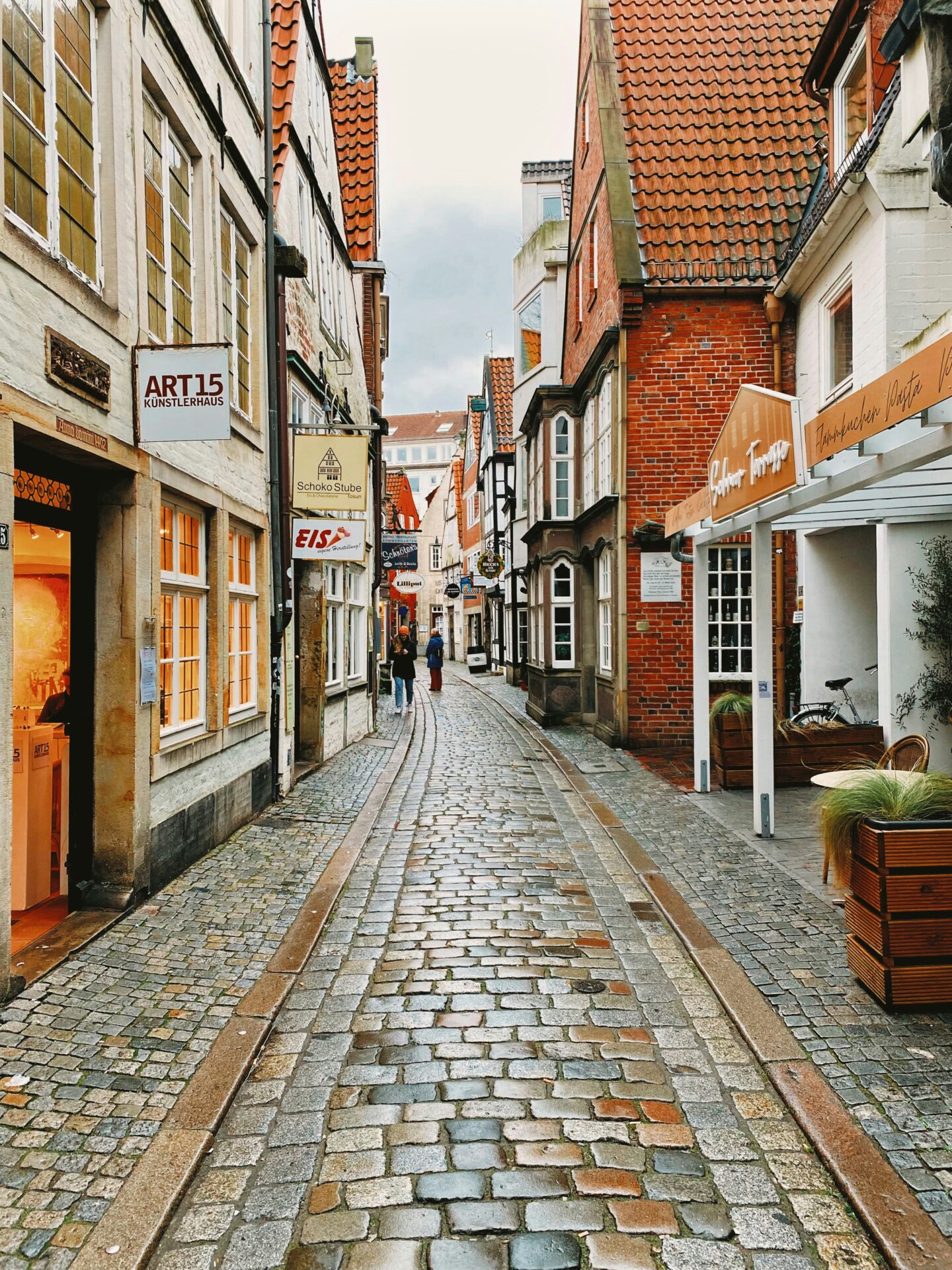
Photography Tips for Capturing Charming Details
If you love photography, Schnoor’s a dream. Early morning or late afternoon light makes the pastel walls and old wood glow.
I focused on small details—a rusty doorknob, flowers in a window, or a splash of color from a tiled doorstep. For wider shots, I stood at corners to capture winding streets and clusters of houses.
Shooting from a low angle made the alleyways look even narrower. Sometimes, puddles on the cobblestones gave me great reflections. I kept my gear light—a phone and a small camera—so I could wander without fuss.

Hidden Gems Off the Main Path
Most visitors stick to the main lanes, but I found the real magic on side streets. Here, local craft shops, artists’ studios, and tiny cafes hide out, far from the crowds.
One alley led me to a courtyard garden, where vines climbed old brick walls. I stumbled onto a bakery that’s been family-run for ages, and a quiet church that welcomes everyone.
Looking up, I spotted old bells and weather vanes. Rounding a corner, I’d sometimes find a pocket of peace that felt miles from the city. These moments made my visit feel truly personal.
Artisan Craft Shops and Galleries
Schnoor Quarter buzzes with craft shops, galleries, and makers’ studios. Every corner brings something new—handmade souvenirs, unique art, or a chance to see local skills up close.
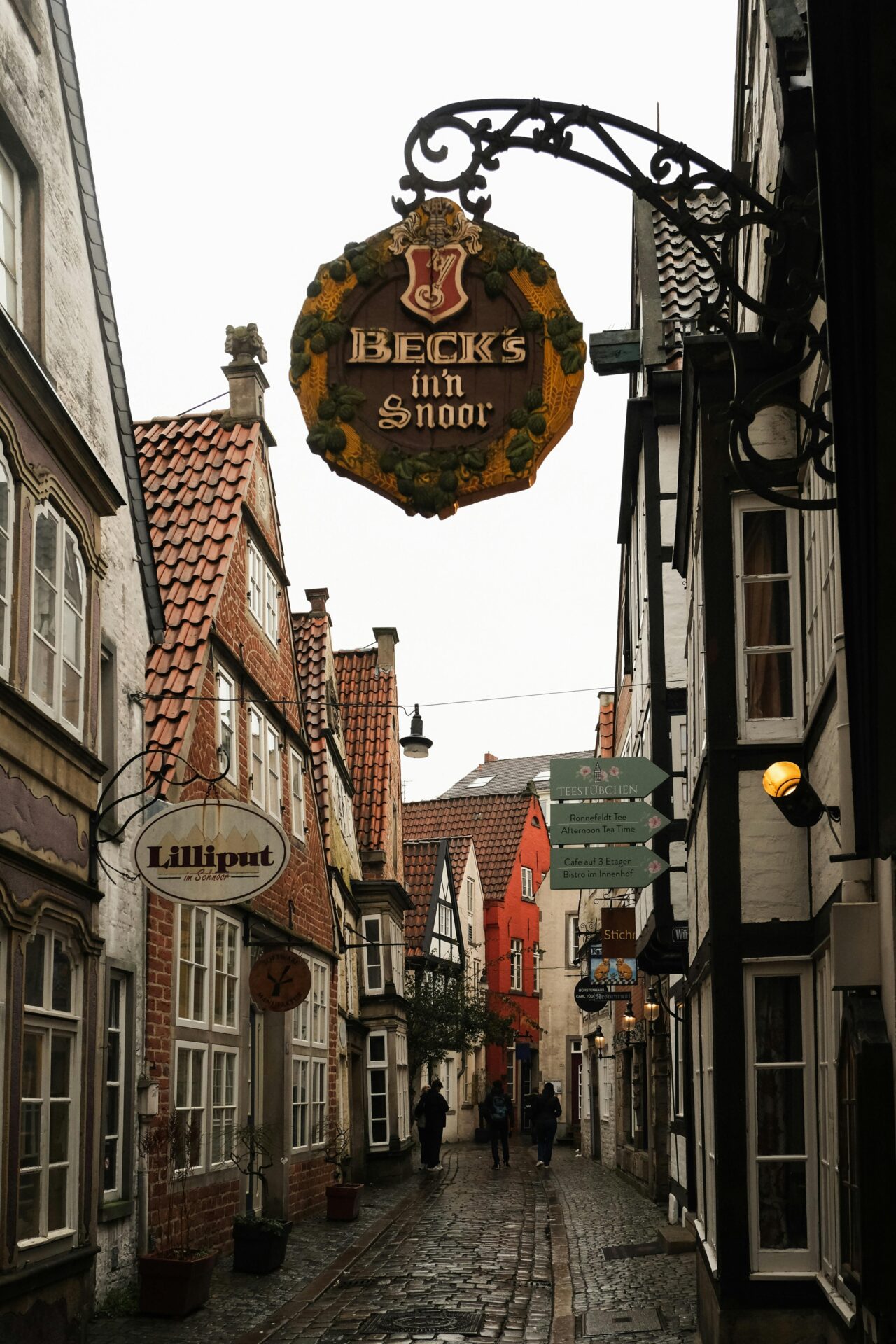
Visiting Traditional Craft Shops and Souvenir Stores
Schnoor’s narrow lanes are lined with shops full of handmade souvenirs. Each one’s different—carved wooden figures, hand-painted mugs, you name it.
The local craft shops felt especially welcoming. Shopkeepers displayed goods made in Bremen or nearby—handwoven textiles, classic Christmas ornaments, all sorts of treasures.
Most of these stores are tiny, sometimes just one room, but packed with shelves of crafts. Prices are marked, and staff are happy to explain how things are made or share local stories. Shopping here feels personal, not touristy.
Sample souvenirs I found:
- Wooden toys
- Hand-painted ceramics
- Locally made soaps and candles
- Christmas decorations
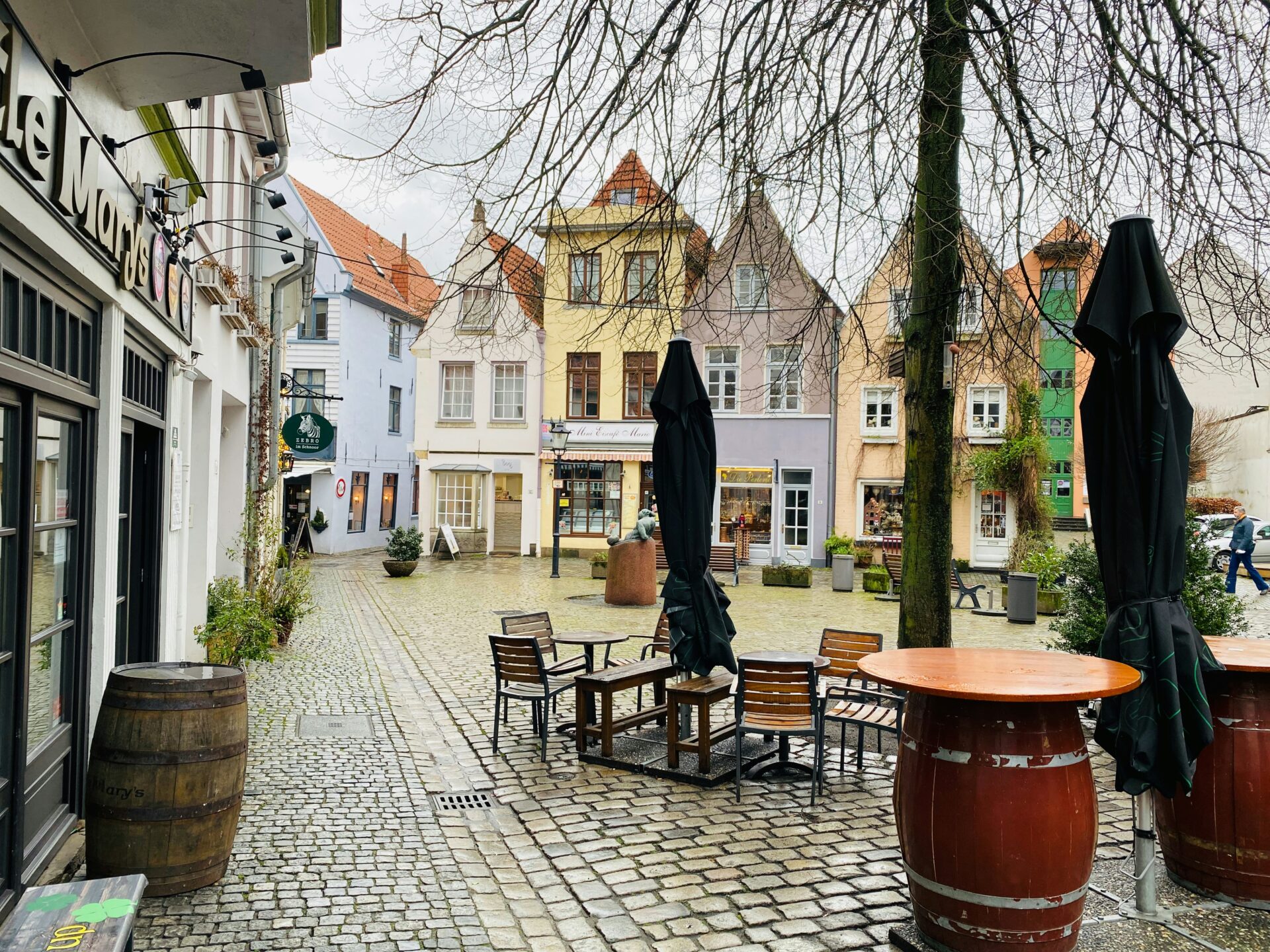
Local Artwork, Jewelry, and Stained-Glass Windows
Art galleries pop up between the craft shops, showing off small collections from Bremen artists. I spotted watercolor cityscapes, detailed sketches, and bold abstract paintings.
A few boutiques offered handmade jewelry—silver rings, beaded necklaces, and pieces shaped like Bremen’s skyline. Most of the jewelry was one-of-a-kind, making it extra special.
Some workshops specialized in stained glass. I admired colorful panels that told Bremen’s story and glass ornaments that caught the sunlight in the shop windows.
Types of local art I admired:
- Paintings and sketches of Schnoor’s old houses
- Silver and gemstone pendants
- Decorative stained-glass panels
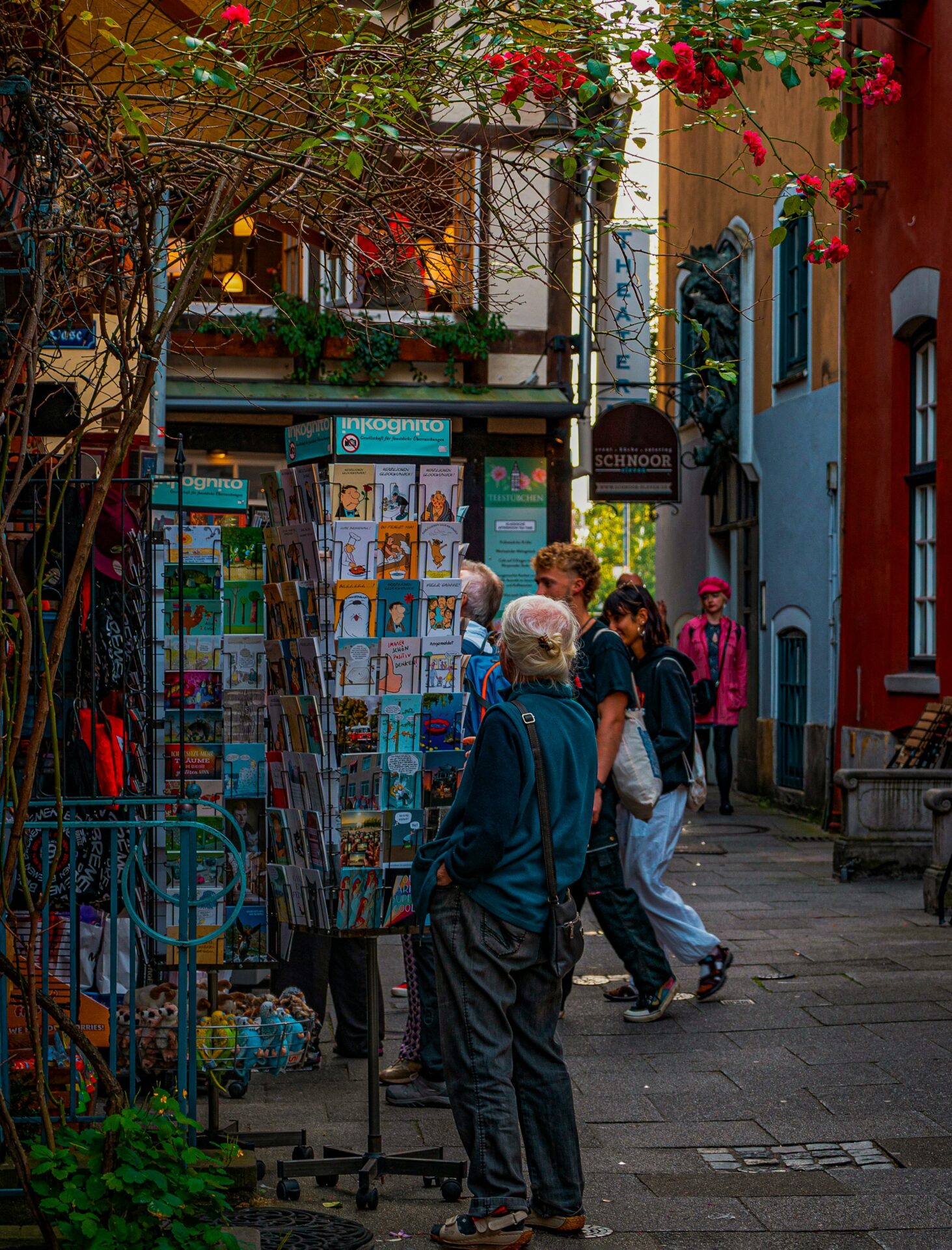
Meet the Craftsmen, Artisans, and Tradesmen
Many shop owners make their own products or work with Bremen artisans. I loved chatting with them—they’d share how they learned their trade or even show me how they made certain items.
Behind some shops, craftsmen worked in tiny workshops. I watched a woodcarver and a glass artist finish new pieces. Sometimes, they even let me try out their tools.
Meeting these makers brought the crafts to life. Some families have passed down their skills for generations, especially in woodworking or stained glass. Buying from them felt meaningful—it’s not just a souvenir, it’s a bit of living tradition.

Cozy Cafes, Traditional Bakeries, and Bremen Specialities
Schnoor’s peaceful lanes are dotted with small cafés and bakeries, all offering a warm spot to relax. Local treats and classic German dishes fill the menus, so it’s easy to find something distinctly Bremen.
Best Cafés for Coffee and Cake
While wandering Schnoor, the scent of fresh coffee and pastries lured me inside more than once. Many cafés have wood-beamed ceilings and snug corners—perfect for a break after exploring.
Some favorites? Konditorei Café im Schnoor and Café Tölke. Both have a laid-back vibe and friendly staff.
Cakes are a big deal here—rich chocolate tortes, fruit tarts, and more. A strong German coffee just tastes better in these cozy spots. Lots of cafés serve Kaffeebrot, a sweet bread that pairs perfectly with a warm drink.
Staff are usually happy to suggest their favorite desserts. Here’s a quick list of treats I tried:
- Black Forest cake
- Apple strudel
- Bremen’s own Schnoorkuller sweets

Sampling Bremen Specialities: Klaben and Babbeler
Bremen takes pride in its regional treats, and Schnoor’s bakeries are the place to try them. Klaben is a dense fruit bread with raisins, nuts, and spices. Most bakeries slice it up and dust it with powdered sugar. It’s a bit like stollen but with its own Bremen twist, especially popular around the holidays.
Babbeler is another local favorite—a minty hard candy shaped like a stick. Bakeries sell them in cute tins, so they’re easy to try or bring home.
At places like Cafe zur alten Wassermühle, trays of Klaben and jars of Babbeler tempt you at the counter. I asked staff about their favorite sweets and sampled a few before picking my favorites.
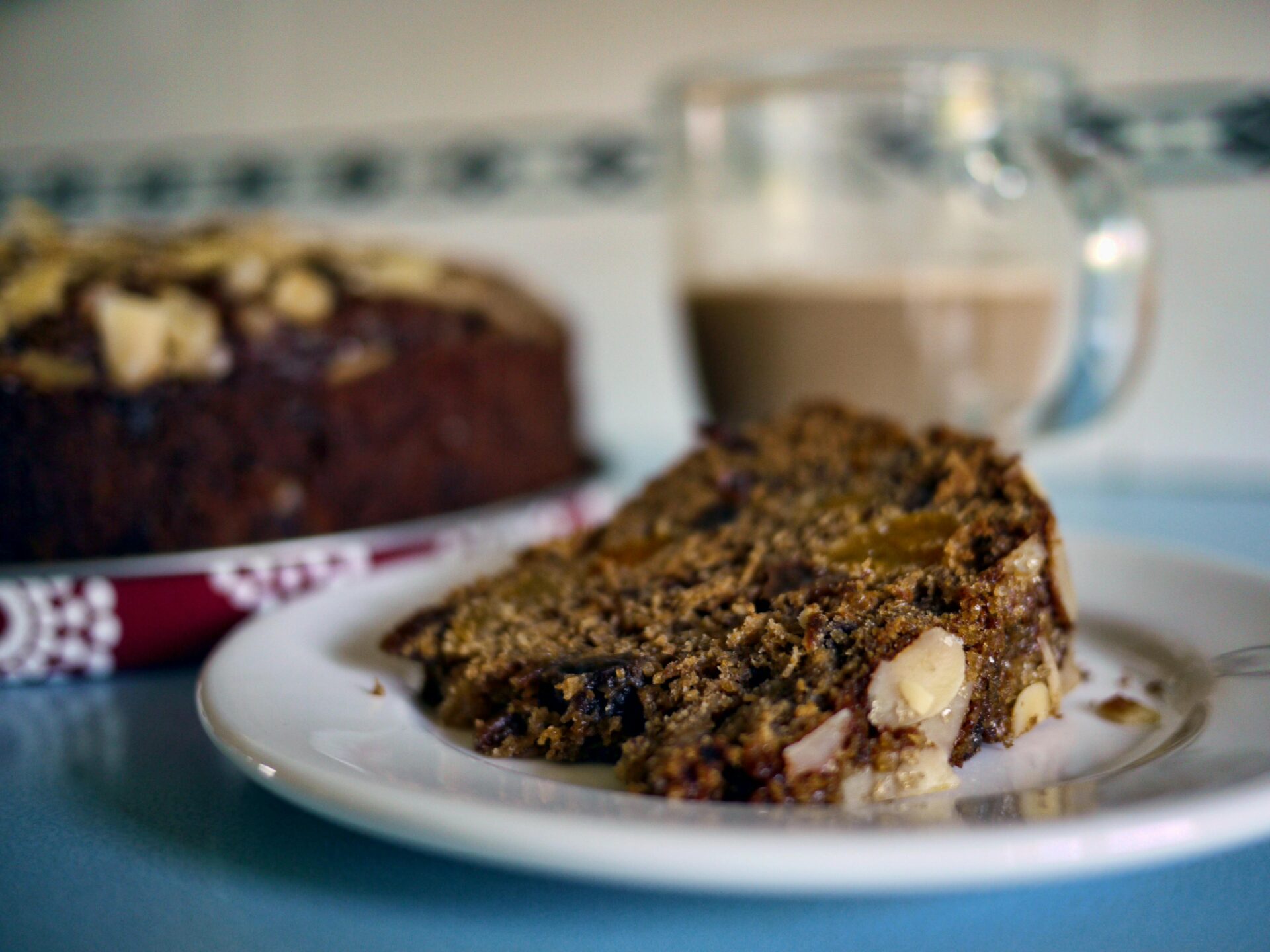
Authentic German Cuisine in Restaurants
Schnoor’s restaurants serve up hearty German meals in some of the coziest settings I’ve found. Bremer Ratskeller—just a short stroll from Schnoor—quickly became my go-to for classic dishes.
I remember tucking into schnitzel, bratwurst, and potato salad, all piled high on my plate. You won’t leave hungry, that’s for sure.
Plenty of places around here celebrate Bremen’s fishing roots with smoked fish and generous seafood plates. I appreciated how menus often highlight local ingredients, which feels like a nice touch.
The old buildings—think exposed brick and creaky wooden beams—give everything a warm, authentic vibe. Honestly, it’s hard not to relax in these surroundings.
If you’re in a rush, several smaller spots serve up Bratwurst or Bremen-style sandwiches that hit the spot. On busier nights, especially weekends, I found it smart to reserve a table—these restaurants fill up fast.
The focus here really is on fresh, filling food and the kind of friendly service that puts you at ease.

Historic Landmarks and Museums in the Schnoor Quarter
Wandering through Schnoor’s winding lanes, I stumbled upon all kinds of historic sites and museums. Each one reveals a different slice of Bremen’s past, from everyday life to quirky local stories.
Schnoor Museum and Small Museums
The Schnoor Museum offers a glimpse into what life once looked like in this part of Bremen. When I visited, I wandered through rooms filled with old household items, crafts, and traditional tools.
The spaces are set up like homes from centuries ago, making it surprisingly easy to imagine daily routines back then. There’s something charming about the simplicity.
Little museums pop up throughout the quarter, each with its own theme—maybe local art, forgotten trades, or unique Schnoor traditions. I like how you can just duck in for a few minutes and come away with a fun fact or two.
Artifacts like fishing tools and craftsmen’s odds and ends help paint a vivid picture of the neighborhood’s history. Since the exhibit spaces are small, exploring them never feels like a chore.
| Museum | Main Focus |
|---|---|
| Schnoor Museum | Life in historical Bremen |
| Small Museums | Crafts, trades, local culture |
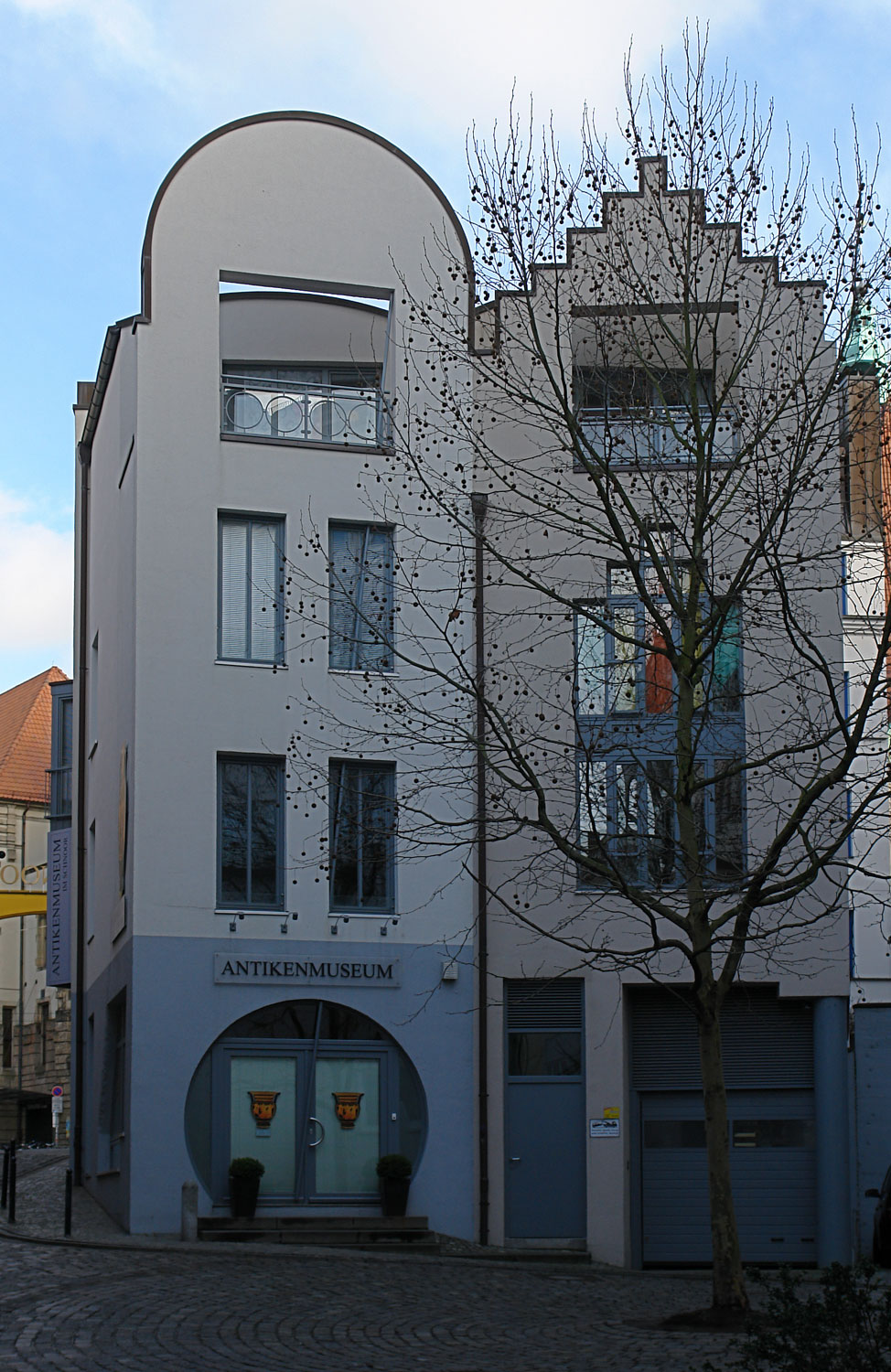
Bremen Story House (Bremer Geschichtenhaus)
Step inside the Bremen Story House, and you’ll find something a bit different. Nestled right in Schnoor, this place brings Bremen’s history to life with actors in period costumes.
During my visit, I caught short plays about local figures, trades, and some of the city’s big moments. I could ask questions, handle a few props, and even jump in for a photo or two.
The whole experience felt lively and surprisingly hands-on. I loved how the interactive storytelling made Bremen’s past feel close and real.
Exhibits and performances change up now and then, so you might catch something new each time. Some shows focus on Bremen’s trading days, while others highlight the daily grind of early residents.
The blend of drama and real artifacts stood out as a highlight for me.
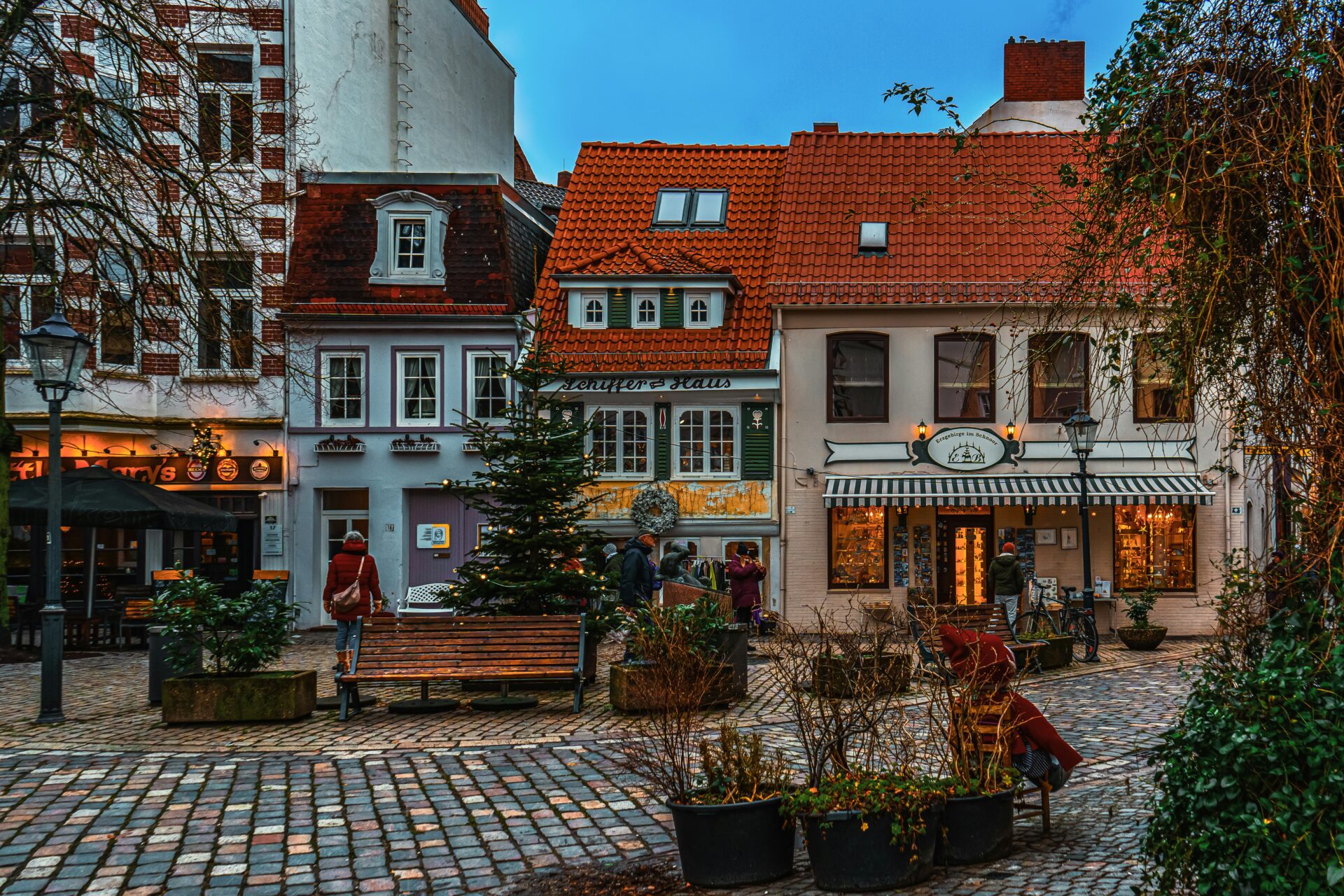
The Wedding House and Franciscan Monastery
The Wedding House has a special place in Schnoor. Couples come here for intimate civil ceremonies, drawn in by the building’s historic charm and cozy interior.
Sometimes, as I walked by, I’d hear music drift out or spot newlyweds beaming as they stepped onto the narrow street. It’s a sweet scene.
Nearby, the remains of the old Franciscan Monastery catch the eye with their medieval brickwork and soaring arched ceilings.
Plaques along the walls tell stories about the monks who once called this place home. The monastery sometimes hosts art exhibits and cultural events, so there’s always something going on.
If you’re into architecture or medieval history, you’ll want to stop by.
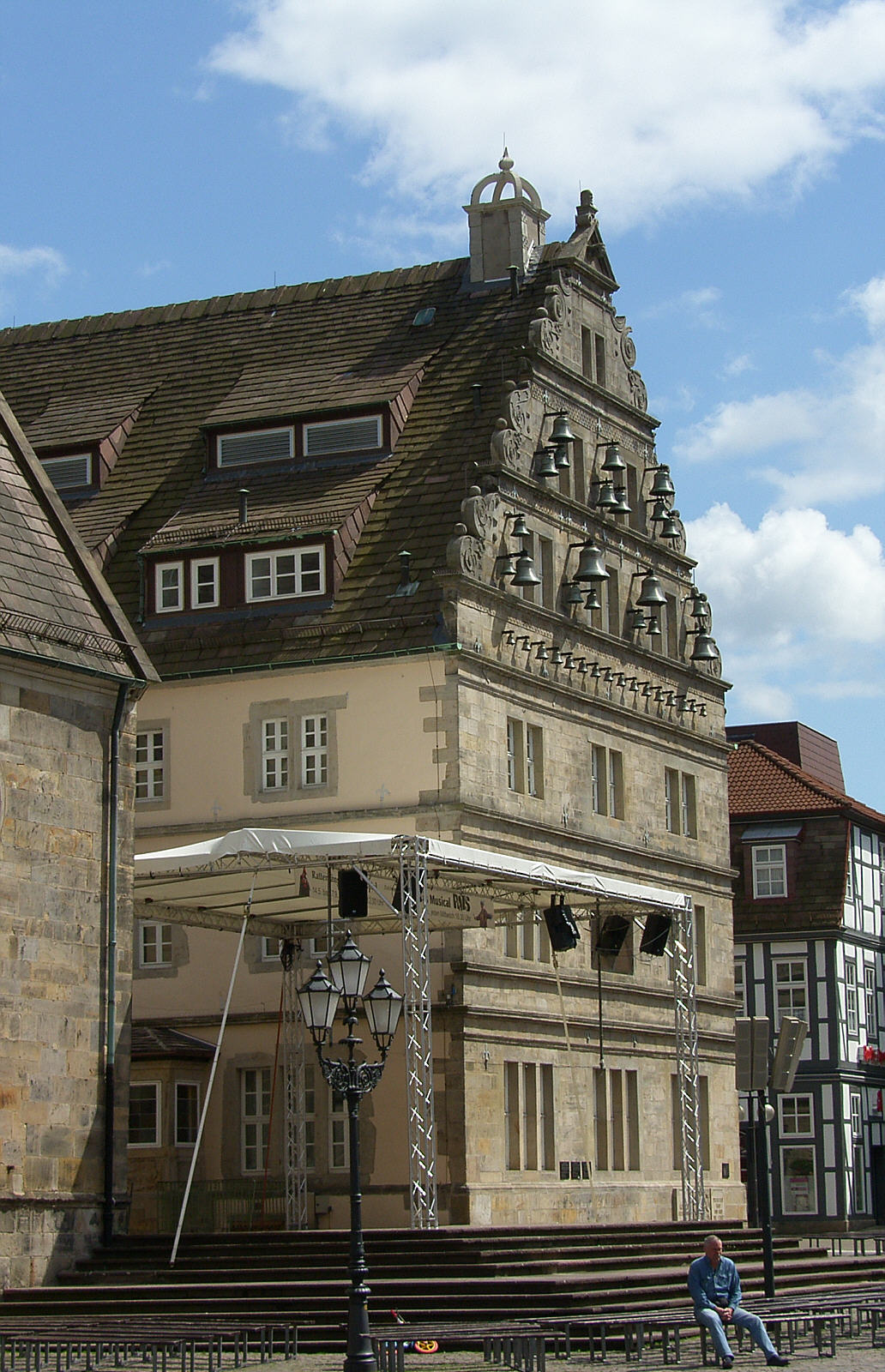
Nearby Attractions and Experiences
After soaking up Schnoor’s atmosphere, I wandered out to explore what’s nearby. There’s a surprising amount to see within walking distance, and each spot adds something different to the trip.
Exploring Bremen Market Square and Bremen Cathedral
A few minutes from Schnoor, Bremen Market Square opens up as the beating heart of the city. The Town Hall, Roland Statue, and rows of colorful merchant houses frame the square.
Across the way, Bremen Cathedral (St. Petri Dom) towers above with its twin spires and dramatic Gothic design. Inside, you’ll find stone carvings, stained glass, and even a crypt.
I liked grabbing a bench and just watching life unfold—locals chatting, kids running, the occasional street musician creating a bit of magic.
Main highlights:
- Historic Town Hall (UNESCO World Heritage Site)
- Roland Statue—standing tall for over 600 years
- Bremen Cathedral interior tours (don’t skip the crypt)
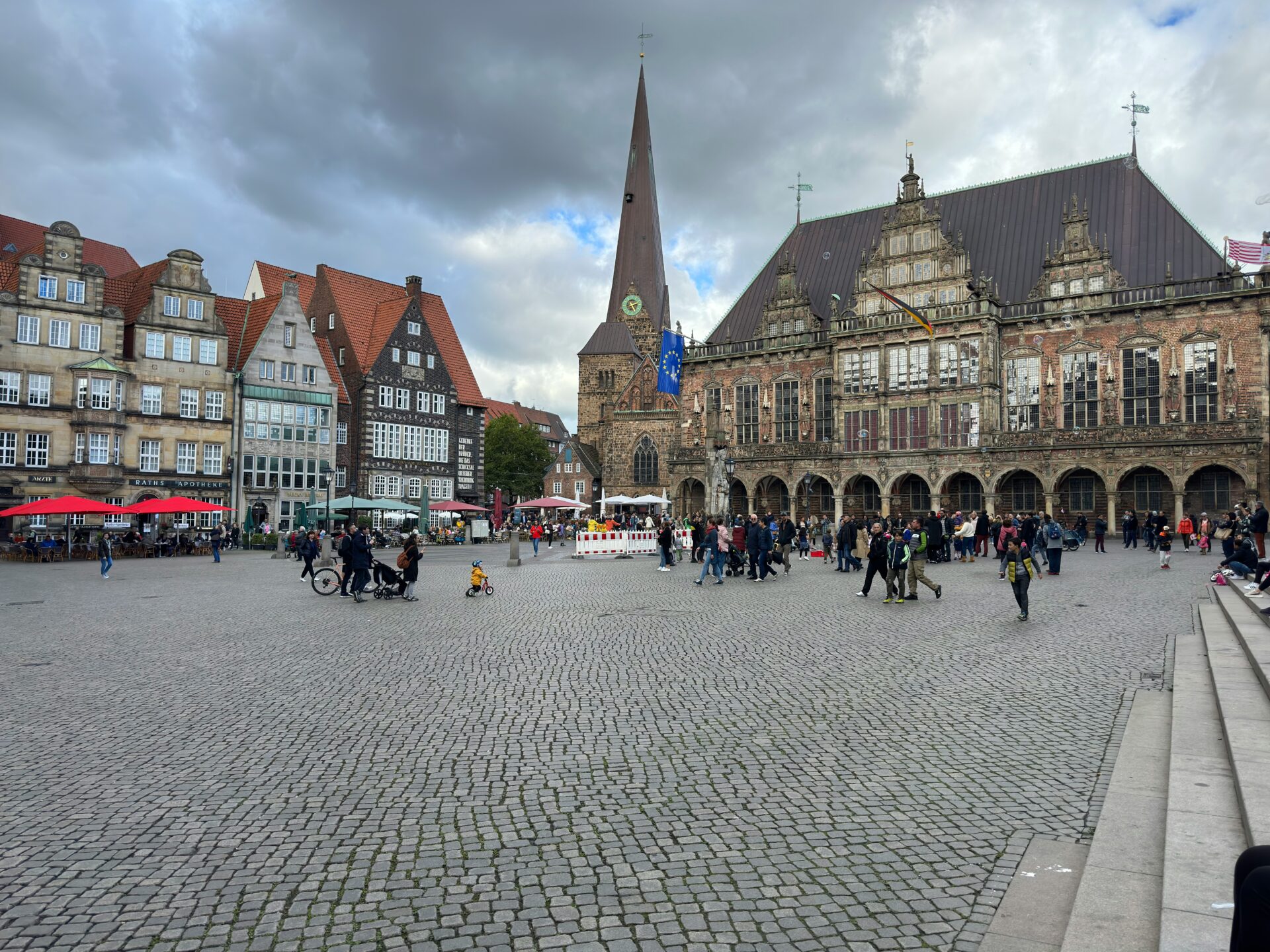
Connecting to Böttcherstraße and the Broader City
Leaving Schnoor, I wandered over to Böttcherstraße—a narrow street that’s hard to miss thanks to its bold red-brick buildings and the melodic Glockenspiel overhead.
Here, you’ll find quirky museums like the Paula Modersohn-Becker Museum, plus little shops selling Bremen souvenirs and a few art galleries that are worth a peek.
From Böttcherstraße, it’s an easy stroll to the Weser River promenade or deeper into Bremen for more shops and tasty local eats.
Don’t miss:
- Glockenspiel performances on the hour
- Expressionist architecture that’s unlike anything else in the city
- A quick route to the river and city center
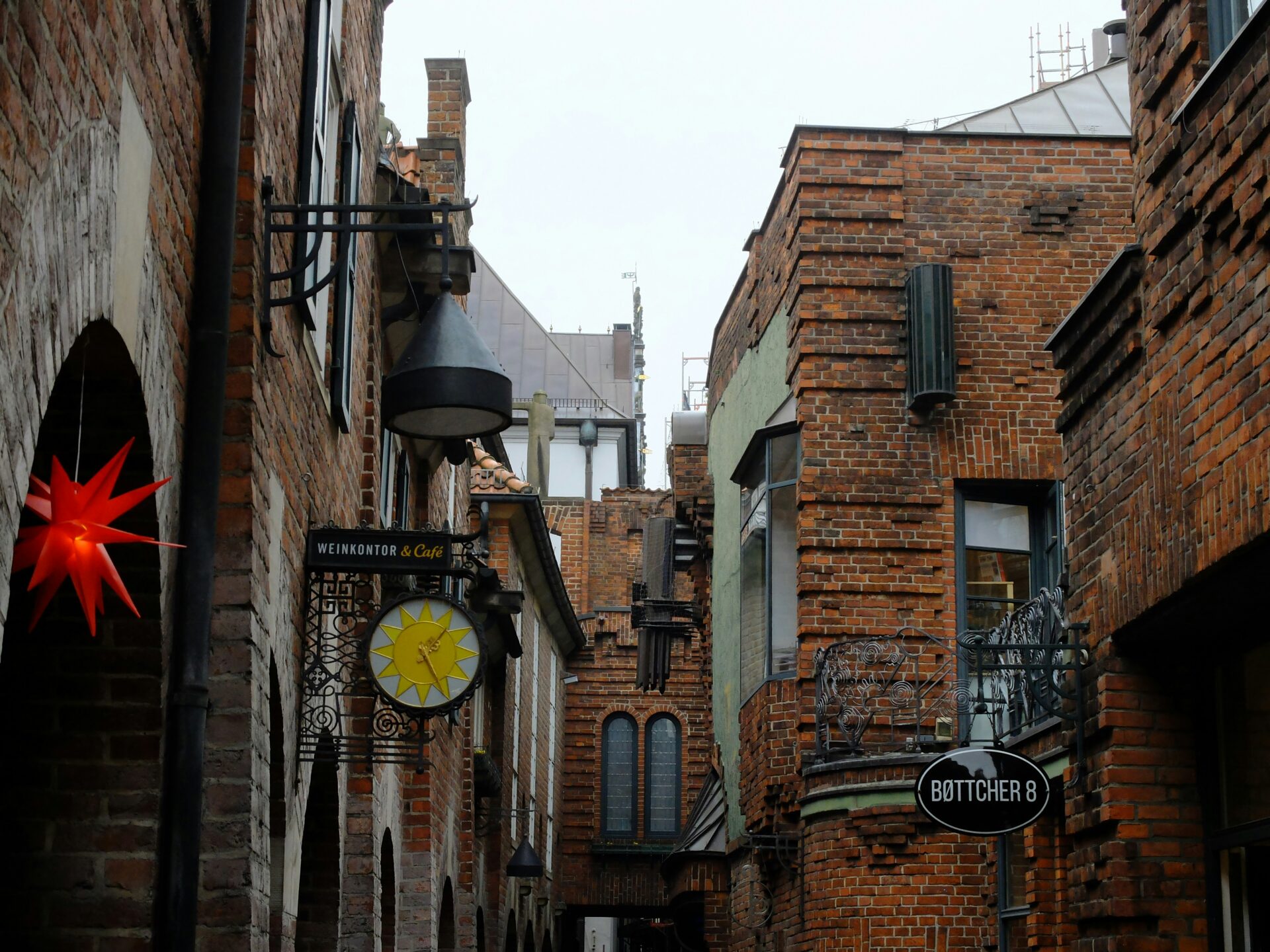
Guided Walking Tours and Local Experiences
Guided walking tours really opened my eyes to Schnoor’s and Bremen’s layered history. My guide brought old trading routes to life, pointed out quirky details hiding in plain sight on the buildings, and tossed in a few local legends I’d never heard before.
Most tours kick off at the market square or just outside the cathedral. They usually wind through Schnoor, Böttcherstraße, and a handful of other must-see spots. Want something with a little more flavor? I tried a food tour that focused on Bremen specialties like Bremer Klaben—that’s a fruit bread I still think about.
Popular options:
- Historic city walking tours
- Themed tours (architecture, food, legends)
- Private guides for small groups
If you’re planning to visit in summer or during the holidays, booking ahead makes things a lot easier.

